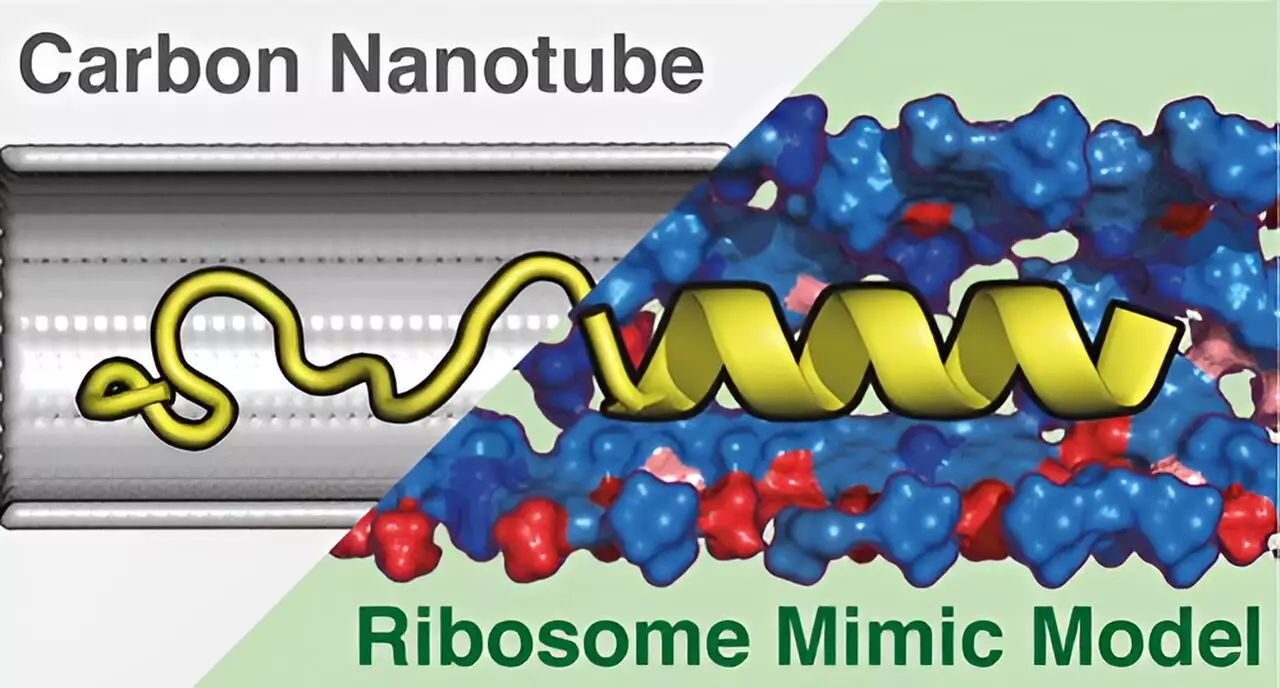Ribosomes are the molecular machines responsible for protein synthesis in all living cells. By translating genetic information into functional proteins, they play a pivotal role in cellular metabolism and growth. Understanding the mechanisms of ribosomal function not only sheds light on fundamental biological processes but also has implications in medical and biotechnological fields. Given their essential role, researchers are continually seeking to understand the intricate dynamics that govern ribosome activity.
Recent advancements from the University of Tsukuba have brought fresh perspectives to how protein synthesis occurs within ribosomes. Utilizing cutting-edge computer simulations, the research team has crafted a novel model that accurately reflects the ribosomal environment—focusing particularly on the ribosome tunnel, the passage through which nascent proteins emerge. This detailed approach allows researchers to delve deeper into the chemical interactions that influence protein folding even before the newly synthesized proteins exit the ribosome.
The research introduced a pioneering cylindrical model known as the Ribosome Environment Mimicking Model (REMM). Unlike traditional models, which often oversimplified the ribosome’s internal structure, the REMM aligns with the actual chemical characteristics and dimensions of ribosome tunnels. Moreover, this novel model encompasses the heterogeneity of the ribosome’s environment, allowing for a more realistic representation of the protein synthesis process.
In contrast, the previously employed carbon nanotube (CNT) models, which only mirrored the dimensions of the ribosome tunnel, failed to account for the crucial chemical variations that likely play significant roles in protein formation. As the REMM integrates these critical factors, it serves as a superior tool for simulating the ribosomal environment.
Through molecular dynamics simulations, the researchers meticulously examined protein structures in both the REMM and CNT models. The findings were illuminating: the REMM produced structures that closely aligned with experimental observations, underscoring its potential as a reliable predictive tool in the study of protein conformations. This evidence points to the importance of the chemical landscape within ribosomes, identifying it as a vital component that governs protein behavior during synthesis.
Additionally, the study indicates that the chemical diversity present within the REMM is fundamental for replicating the genuine conditions of ribosome tunnels, suggesting that a holistic approach is necessary for future ribosomal studies.
The implications of this research are profound. As the REMM model is refined and further developed, our understanding of how proteins attain their functional three-dimensional structures within living cells is expected to deepen significantly. This could pave the way for breakthroughs in targeting diseases related to protein misfolding or malfunction, with potential applications in drug design and therapy.
The University of Tsukuba’s innovative focus on replicating the ribosomal environment stands as a vital step in bridging the gaps in our knowledge about protein synthesis. As research continues, the contributions of models like REMM will undoubtedly enhance our ability to decipher one of life’s most essential processes: the creation of proteins.


Leave a Reply